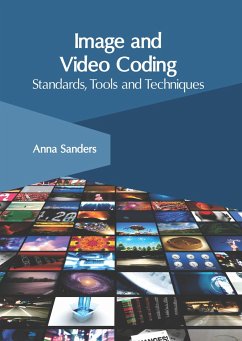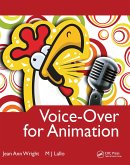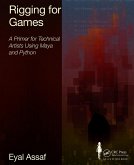Source coding refers to the process of encoding information using fewer bits compared to the original data. It can be lossy or lossless. Lossless compression is characterized by the elimination of loss of information and statistical redundancy. In lossy compression, bits are reduced by removing unnecessary information. In both these compressions, using the techniques of linear prediction, coding and pattern recognition, there is a reduction in information redundancy. Such compression of data is useful for storing and transmission of data. Some of the video coding formats are MPEG-2 Part 2, MPEG-4 Part 2, AV1, Theora, etc. Some vastly popular and commonly used image coding formats are JPEG, PNG and GIF. This book traces the progress in the field of image and video coding and highlights some of its key concepts. It includes some of the vital pieces of work being conducted across the world, on various topics related to coding standards, tools and techniques. It is a resource guide for experts as well as students.
Hinweis: Dieser Artikel kann nur an eine deutsche Lieferadresse ausgeliefert werden.
Hinweis: Dieser Artikel kann nur an eine deutsche Lieferadresse ausgeliefert werden.








